
It’s time for a spring garden jump start. There are gardening tasks to be done, and the growing season is coming. The grass is starting to green up, bulbs are peeking through the soil, and spring is around the corner. Gardening chores come fast and furious once warm weather hits. Sometimes you don’t have time to fit all the tasks in.
A spring garden jump-start is a productive way to begin your gardening year. You can hit the ground running and get ahead of the season. That’s why late winter is my favorite time to get many of the spring jobs done– or at least get them started. It’s a great way to reduce the springtime stress of too many gardening tasks to do.
So what are we waiting for? Let’s use these garden tips and get this spring garden jump start going!
Step 1: Weeding
My top priority in late winter/early spring is keeping weeds under control. Cold weather weeds such as chickweed and mustard are much easier to hand weed when small. Plus, the weeds haven’t gone to seed yet to spread around. Adopt a policy of a little weeding done in many short bursts to reduce your weeding burden later in the growing season.
If you don’t already have a great weeding tool, consider buying one now. The Cobrahead Weeder is a popular favorite.
Spring Garden Jump Start Step 2: Soil Test
In the garden, everything starts with good soil. Many nurseries or extension offices offer soil testing services. Take advantage of these to find out what nutrients your soil needs by submitting a soil sample. (Or you can buy a soil testing kit and do it yourself.)
You might even find out you don’t need any fertilizer. I just did a soil test after 10 years and the nutrients in my soil were over the top. The recommendation was not to add anything! To learn more, read Soil Testing for Beginners.
Step 3: Fertilize
Spring is a good time to fertilize trees and ornamental plants with a balanced granular fertilizer. This is best done when the soil is dry. I use an old coffee can with a plastic lid with perforated holes to sprinkle the recommended amount around the plant and water in. If you are an organic gardener, apply a layer of compost around the plant.
Step 4: Rake
Spring is also a great time to rake out loose leaves and debris from your lawn and gardening beds. Removing debris makes it easier to apply mulch evenly to your flower and vegetable beds. (See Step 5, below.)
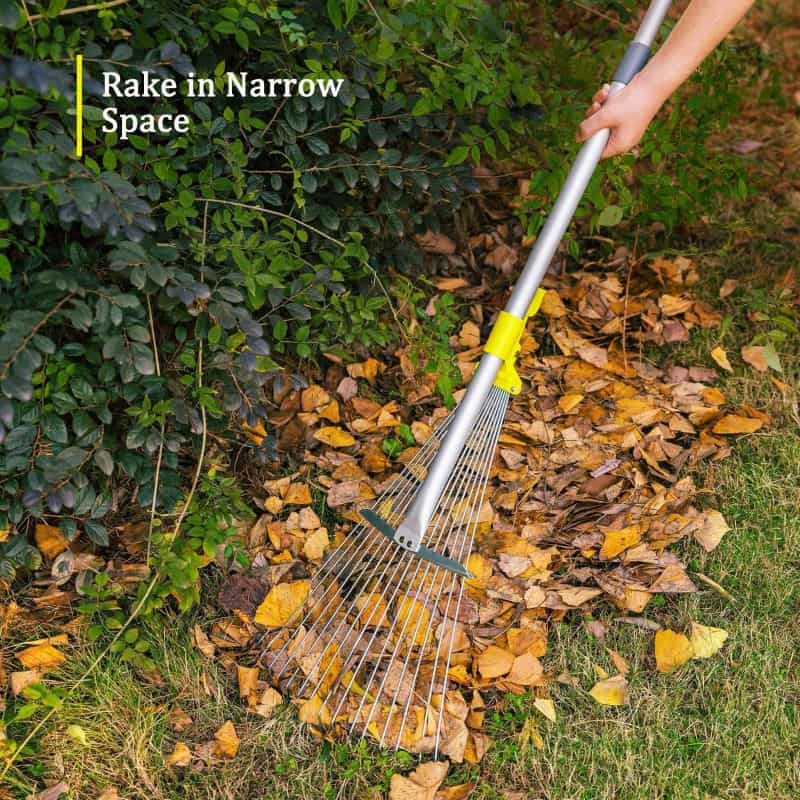
Use an adjustable garden leaf rake, like the Jardineer 63-inch Garden Rake. The tine width of this rake can be adjusted from super wide to narrow, which makes it easier to remove pockets of old leaves that get caught between twiggy shrubs.
Spring Garden Jump Start Step 5: Mulch
Apply an organic mulch 1 to 2 inches thick in your garden beds. Adding mulch now to garden beds and flower beds will help the soil retain moisture during dry spells, reduce weeds, and improve soil structure.
Avoid mulching the trunks of trees and the base of shrubs. Over-mulching tree trunks and woody shrubs can cause trunks and roots to rot.
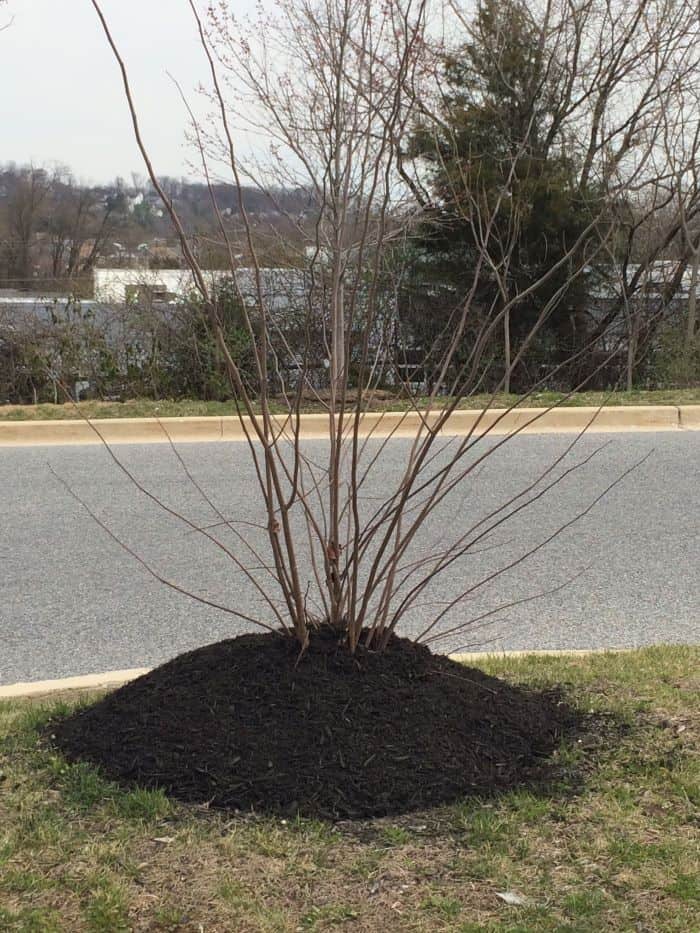
Step 6: Lawn Rehab
Rake out old thatch and remove weedy patches. Then re-seed bare areas with fresh grass seed. Scratch the grass seed into the top layer so that seed has good contact with the soil.
If you are not using any grass seed, you can spread a fertilizer with pre-emergent to stop weed seeds from germinating.
Step 7: Prune Shrubs and Trees
With leaves absent from trees and shrubs, you can easily see damaged and broken limbs that need to be removed. Renewal pruning to renovate older, overgrown shrubs should be done now before they put on new growth.
Use a pair of pruners or loppers to cut back to the ground shrubs such as butterfly bush, spirea, hypericum, and hardy hibiscus. Knock Out Roses should be cut to about 10 inches high to keep them manageable.
Step 8: Get Pots and Containers Ready
Remove the top 3-4 inches of old potting medium from your pots and containers. Then add fresh compost and potting soil to give your plants the best chance of thriving.
Spring Garden Jump Start Step 9: Seed Starting
Start seeds of vegetable plants such as tomatoes, peppers and eggplants indoors for transplanting in the spring. If you don’t have a large greenhouse for starting seeds, you can jumpstart the season with a portable mini greenhouse.
You can also plant seeds outdoors of cold tolerant annuals such as snapdragons, larkspur, poppies, carrots, peas, lettuce, and nigella. I also encourage you to read Tips for Seed Starting Success.
Step 10: Divide Perennials
Now is the perfect time to split up and divide overgrown perennials such as iris and hostas. Dividing perennials is essentially creating new plants, that can then be planted in new places around your yard. Waiting until later in the season to divide a fully grown plant can be cumbersome and hard work. Plus, the perennials divided in early spring have a longer time to grow roots to produce more prolific flowers.

Step 11: Tool Care
If garden tools were put away dirty, now is the time to clean them. Clean the rust and mud off your tools and oil and sharpen them. A well-cared-for tool is a tool that will perform better in the garden. Plus, clean and oiled tools last longer.
While you are doing your tool care, organize your potting or tool shed so that you can find things in a hurry.
Spring Garden Jump Start Step 12: Compost Pile
I always clean out my compost pile by spreading the rich loamy material around my ornamentals and in my vegetable garden. If you don’t have a compost pile, now is the time to start one.

Using a length of snow fencing attached to metal stakes is the easiest way to start either a large or small compost pile. A gate can even be created with a hinged portion of the snow fence.
If you don’t want to create your own compost pile, purchase a ready-made compost bin. Most compost bins are made of sturdy plastic for years of worry-free use.
Let’s get going and get growing!
Editor’s Note: To make it easier to find the products mentioned in this story, we have included links to some of the products on Amazon. Home, Garden and Homestead receives a small commission on purchases generated by these links. Thank you for supporting this website. Happy gardening!


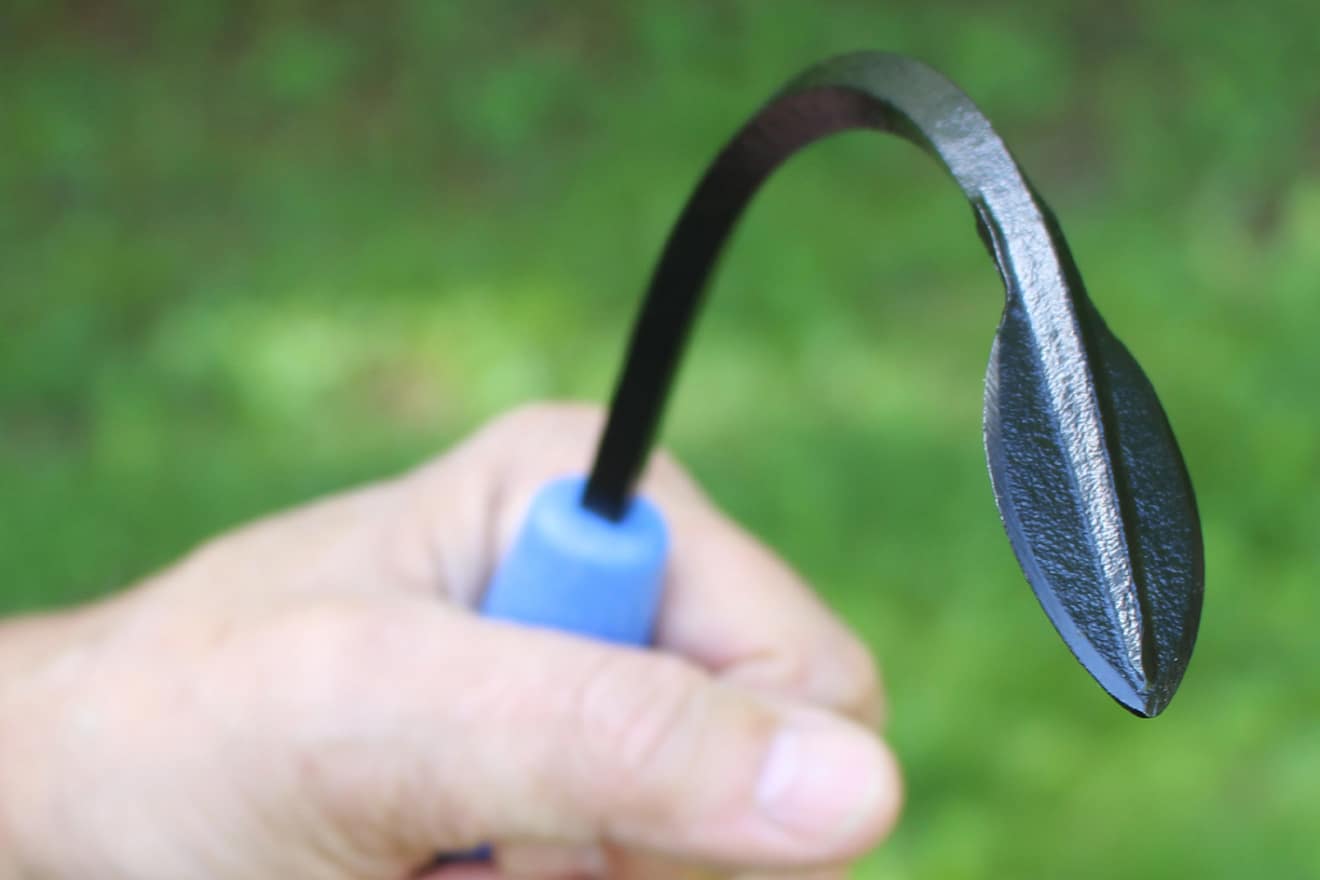
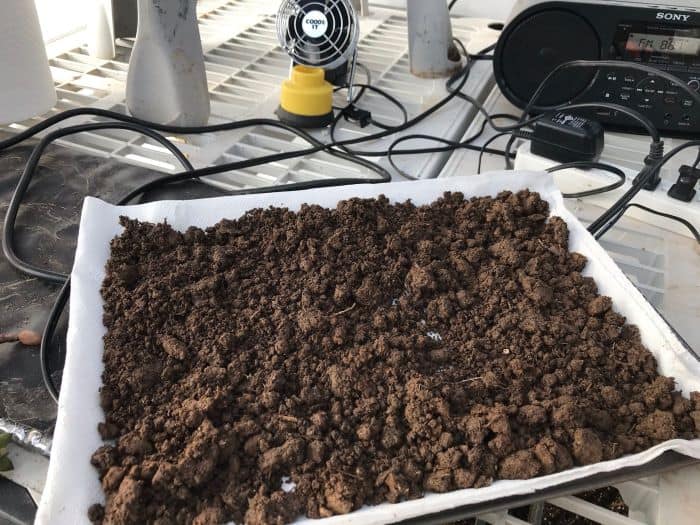
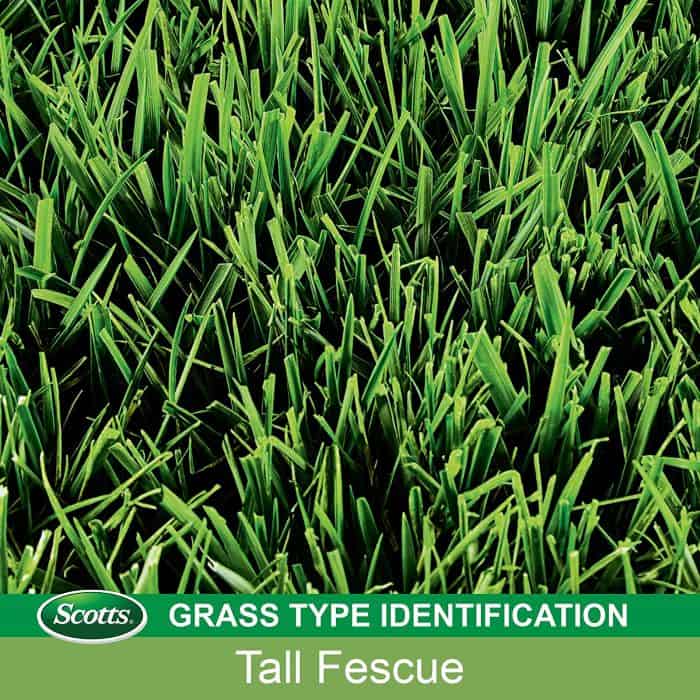
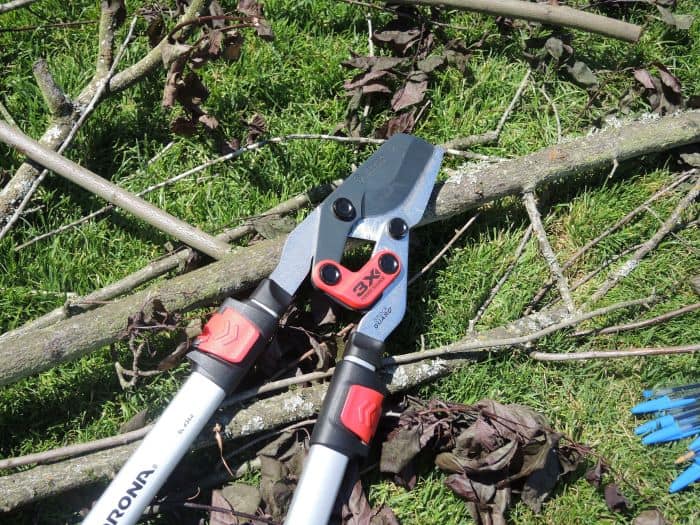
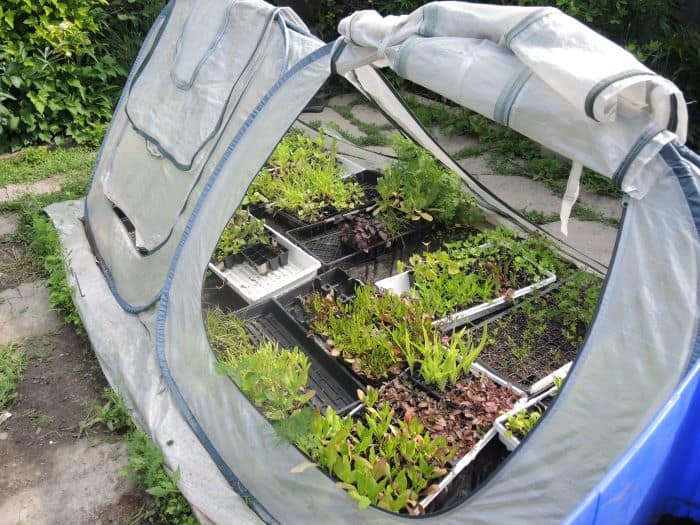

Leave a Reply